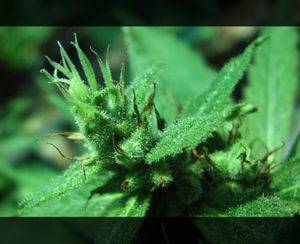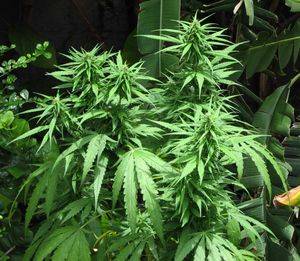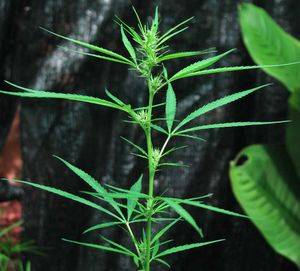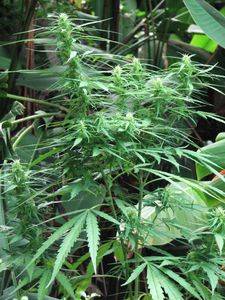G
Guest
According to this doc, coco peat would be your best bet as opposed to wood... i'll try and scrounge up more information tomorrow, kinda tired right now 
http://books.google.com/books?id=xq...r=&sig=KK3F0L4l0UAFV2XdWFP9-HhSSsE#PPA1032,M1
..and please please please take down that wiki quote... it is a complete bitch slap to science and the truth... there are other journals that actually describe the science behind their soil... with tools like spectrometers and etc.. there is no need for the mysticism anymore.
The only true debate is how much of an influence time had on any samples taken for research... a compost pile left untouched for hundreds of hundreds of years is going to be dank... if anyone has a time machine, I would love to borrow it for a little while

http://books.google.com/books?id=xq...r=&sig=KK3F0L4l0UAFV2XdWFP9-HhSSsE#PPA1032,M1
..and please please please take down that wiki quote... it is a complete bitch slap to science and the truth... there are other journals that actually describe the science behind their soil... with tools like spectrometers and etc.. there is no need for the mysticism anymore.
The only true debate is how much of an influence time had on any samples taken for research... a compost pile left untouched for hundreds of hundreds of years is going to be dank... if anyone has a time machine, I would love to borrow it for a little while

Last edited:

 Will they ever learn...
Will they ever learn... 







